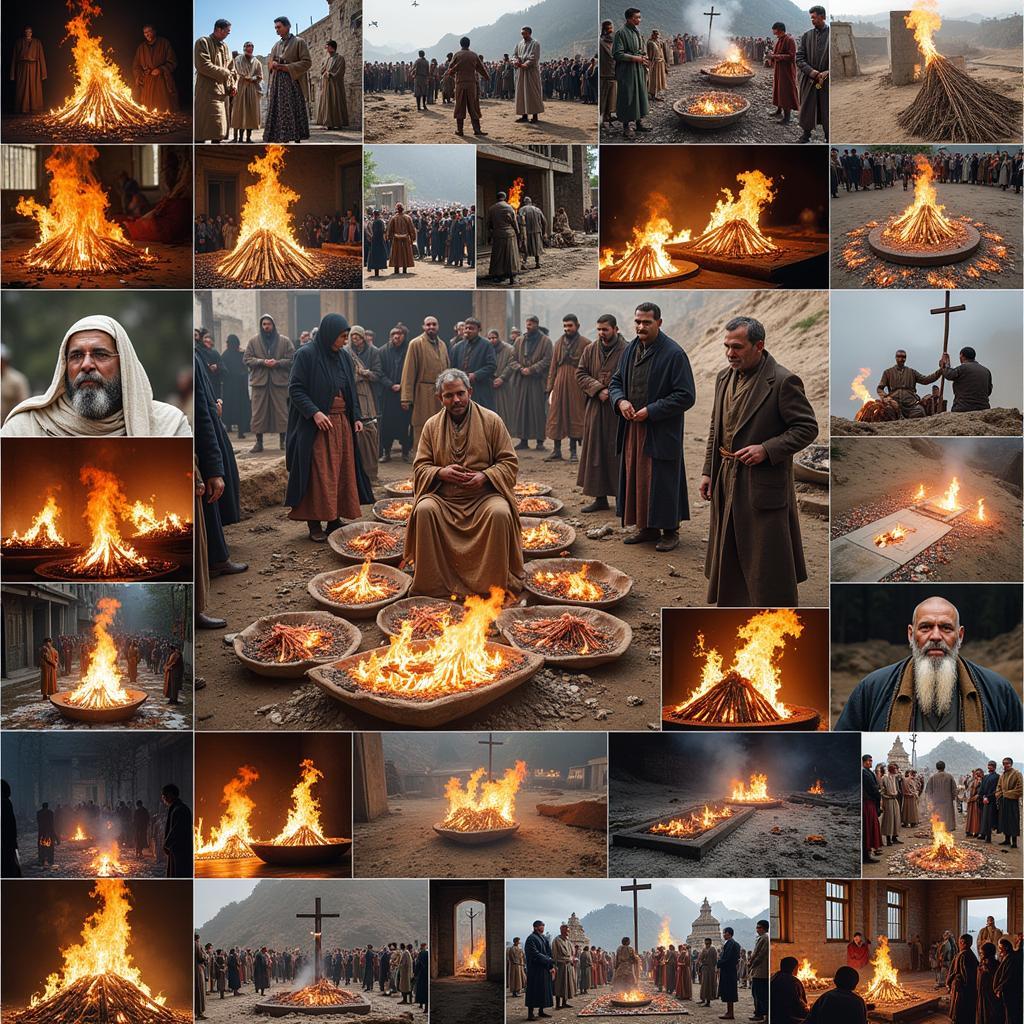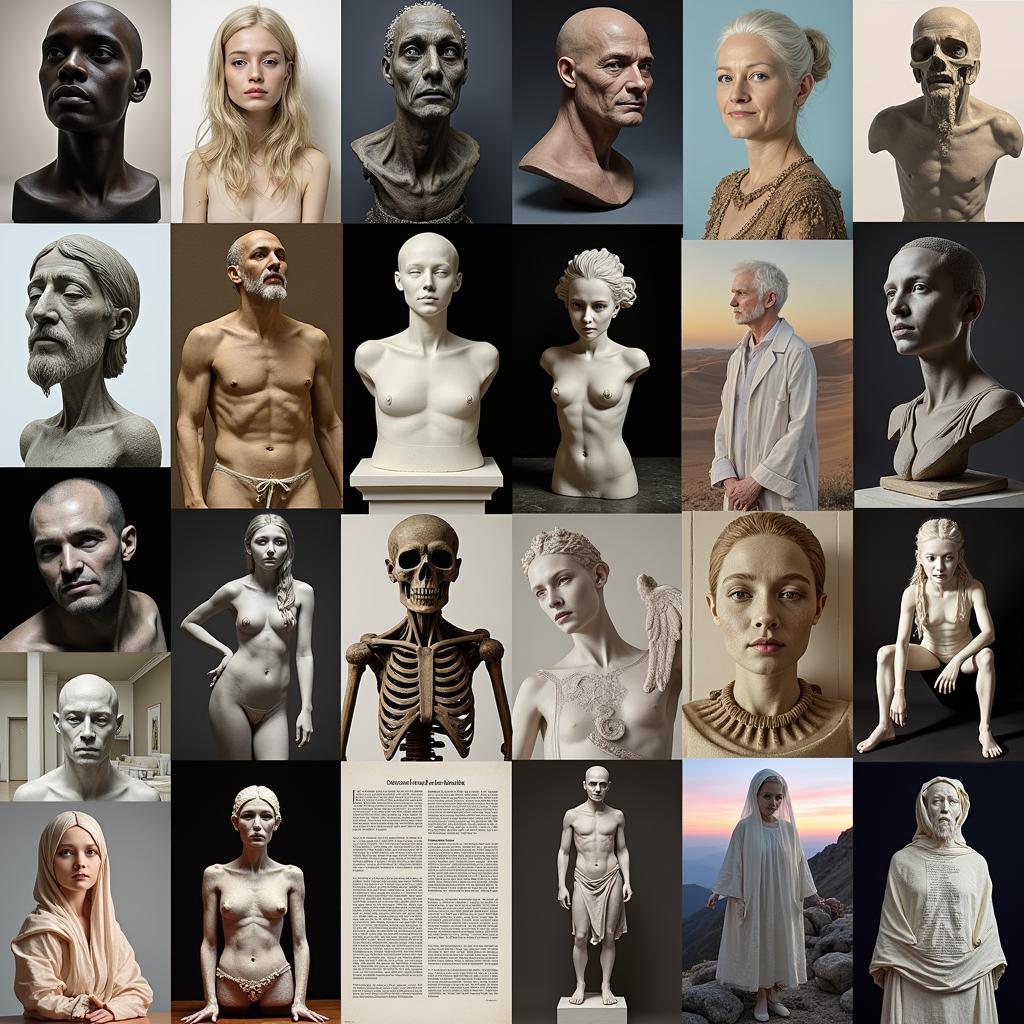The term “Die Society” might seem stark and unsettling at first glance. It encapsulates a complex range of societal anxieties, fears, and even morbid fascinations surrounding death, dying, and the societal structures that deal with mortality. This exploration delves into the multifaceted interpretations of “die society,” examining its relevance in the context of contemporary culture. The Adventist Society for Religious Studies offers valuable insights into such complex societal phenomena.
Exploring the Different Facets of “Die Society”
“Die society” can be interpreted in several ways, each reflecting a different aspect of our relationship with mortality. It can refer to the literal act of dying and the societal mechanisms that surround it, such as funeral rites, palliative care, and legal frameworks surrounding death. It also touches upon the metaphorical “death” of societal structures, traditions, and values. Finally, “die society” can also reflect a darker fascination with death, as seen in certain subcultures and artistic expressions.
What drives our interest in “die society”? Perhaps it is the inherent human desire to understand the inevitable, to grapple with the unknown, and to find meaning in the face of mortality. This exploration aims to shed light on these complex issues. Check out the San Diego Medical Society for further information on the medical aspects of death and dying.
 Diverse Funeral Rituals Across Cultures
Diverse Funeral Rituals Across Cultures
Societal Responses to Death and Dying
Societies across the globe have developed intricate rituals and customs surrounding death and dying. These practices, while diverse, often serve similar purposes: to honor the deceased, provide comfort to the bereaved, and facilitate the transition of the soul. From elaborate funeral processions to quiet moments of reflection, these rituals reflect the deep emotional and spiritual significance that societies attach to death. You might be interested in the Gem and Mineral Society San Diego, which sometimes explores the geological and historical aspects of burial practices.
The ways in which societies address death can reveal much about their values and beliefs. For instance, the emphasis on preserving the body through embalming in some cultures reflects a belief in the physical resurrection of the dead. In contrast, cremation practices in other cultures may symbolize the release of the soul from the physical realm.
 Compassionate Palliative Care Support
Compassionate Palliative Care Support
The “Death” of Societies and Their Values
Beyond the literal act of dying, “die society” can also refer to the decline or transformation of societal structures, norms, and values. Rapid technological advancements, globalization, and shifting cultural landscapes can lead to the erosion of traditional ways of life, creating a sense of loss and uncertainty. The Hoodie Society explores how fashion can reflect these changing societal norms.
This metaphorical “death” of societal elements can be a source of anxiety and conflict, as individuals struggle to adapt to new realities. It can also be an opportunity for growth and renewal, as societies reinvent themselves and forge new paths forward.
The Benevolent Society and Morbid Curiosity
While death is often viewed with solemnity and reverence, there also exists a certain fascination with its darker aspects. This morbid curiosity can manifest in various forms, from true crime documentaries to horror literature and art. For example, fans eagerly await The Benevolent Society of Ill-Mannered Ladies Book 2 Release Date.
While some may view this fascination as macabre, it can also be seen as a way of confronting our deepest fears and anxieties about mortality. By exploring the darker aspects of death, we may gain a deeper appreciation for life itself.
 Art Exploring Themes of Mortality
Art Exploring Themes of Mortality
Conclusion: Embracing the Complexities of “Die Society”
The term “die society” encapsulates a complex web of meanings, reflecting our multifaceted relationship with mortality. By exploring the different facets of “die society,” we can gain a deeper understanding of ourselves, our cultures, and the inevitable journey that awaits us all. Understanding “die society” is not about morbid fascination, but about embracing the complexities of life and death.
FAQ
- What does “die society” mean?
- How do different cultures approach death and dying?
- What is the significance of societal rituals surrounding death?
- How can we cope with the “death” of societal values and traditions?
- Why are some people fascinated with the darker aspects of death?
- How can art help us process our feelings about mortality?
- What resources are available for those struggling with grief and loss?
Further Exploration
Consider exploring related articles on our website for more information on topics such as grief counseling, end-of-life care, and cultural perspectives on death.
Call to Action: For support, contact Phone Number: 02043854663, Email: [email protected] Or visit our address: Khu 34, Bac Giang, 260000, Vietnam. We have a 24/7 customer service team.